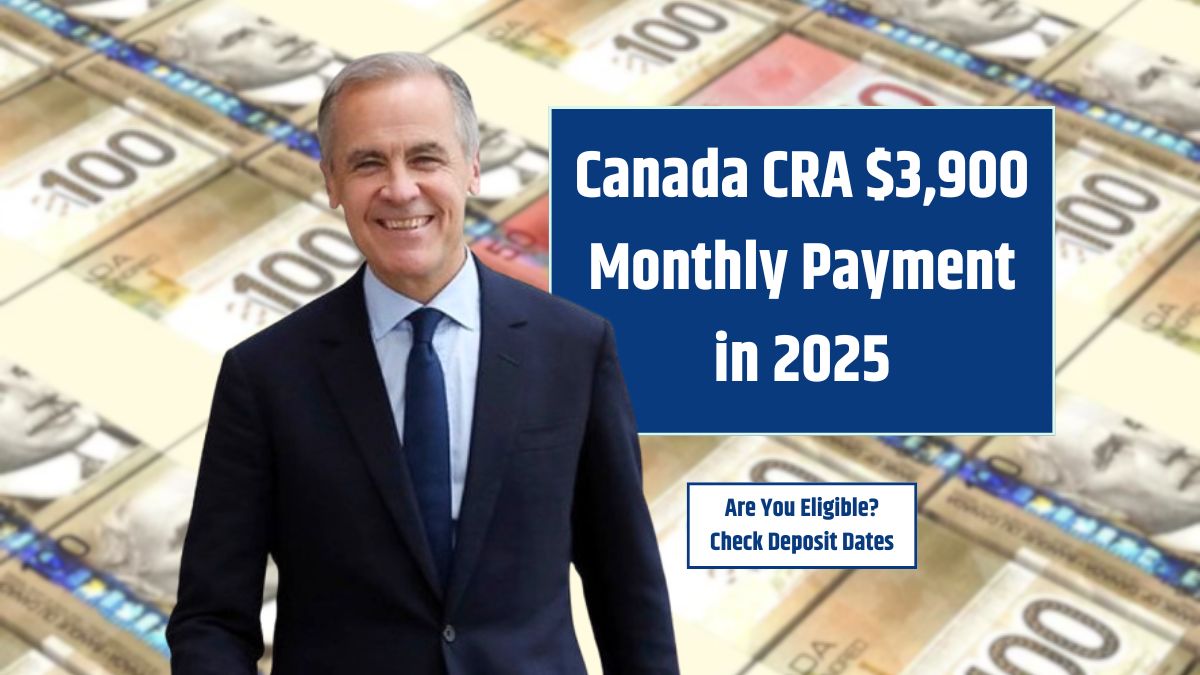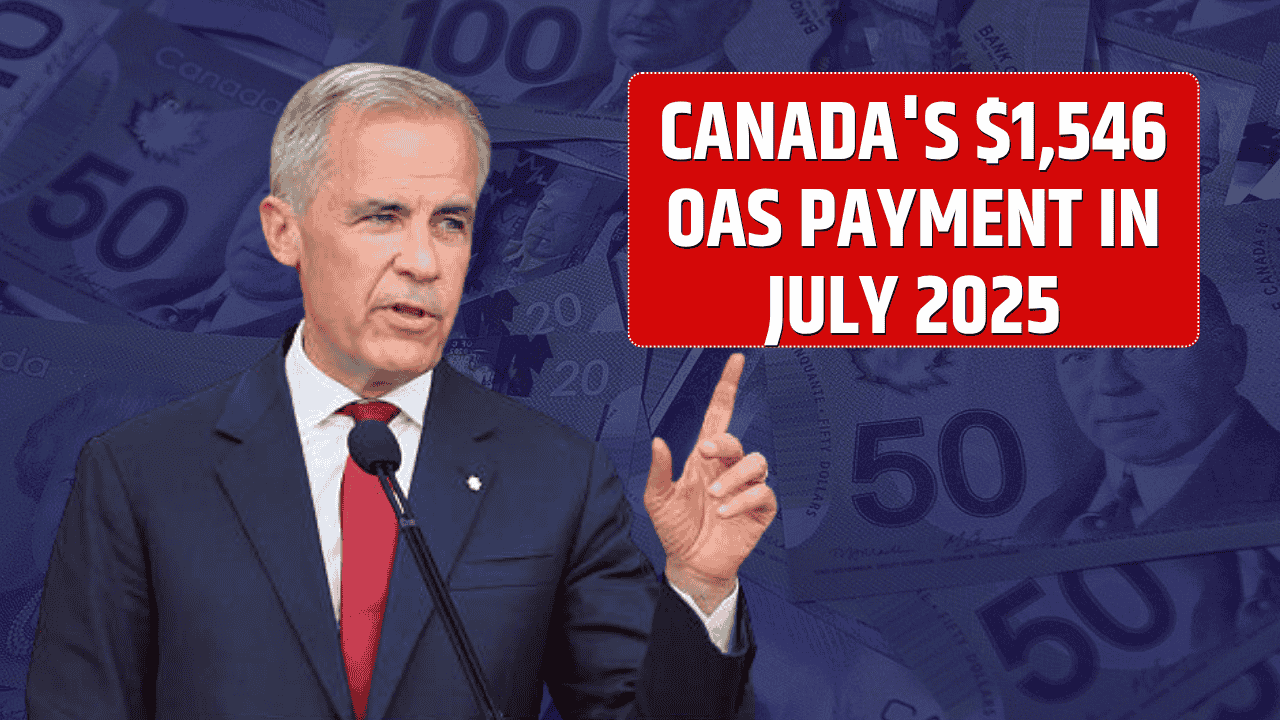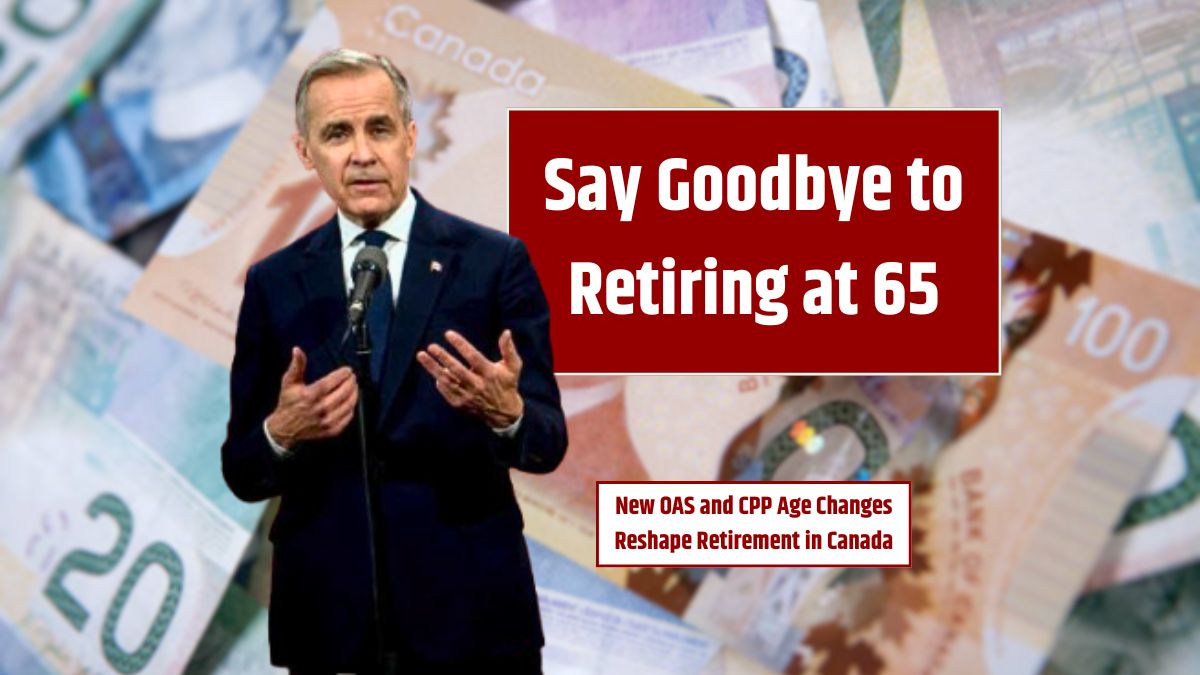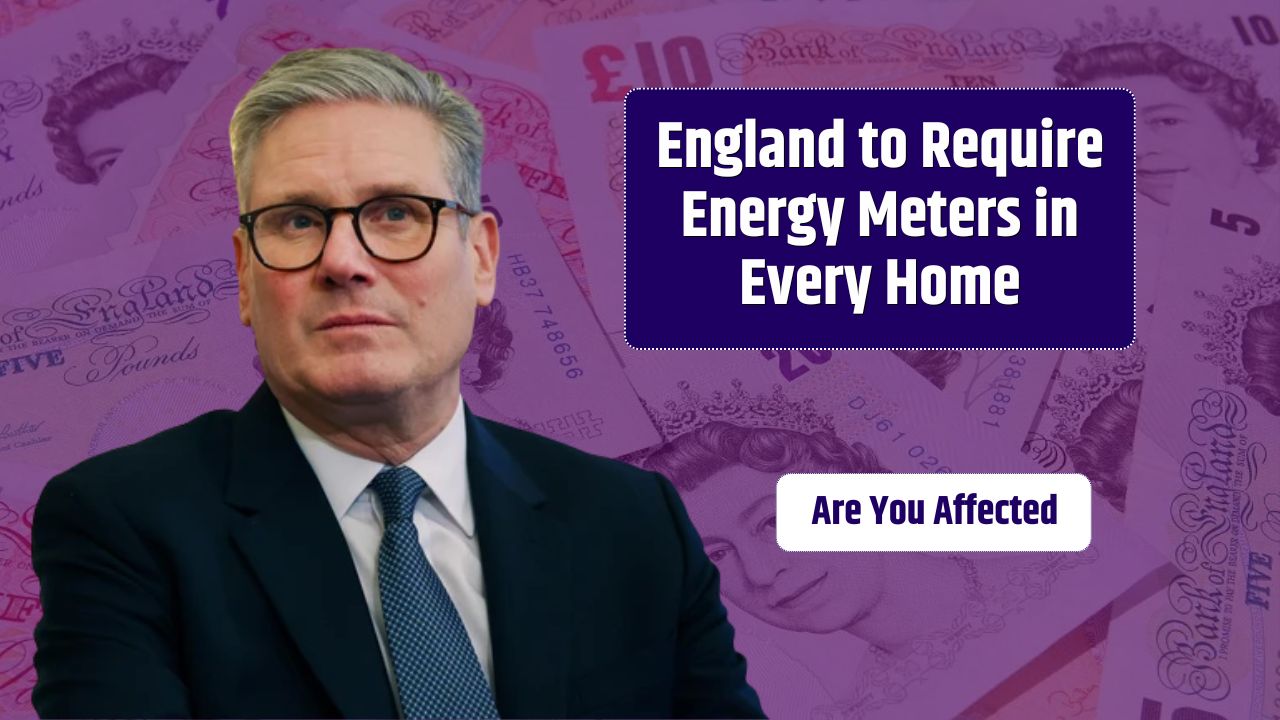Economic evaluation plays a vital role in understanding the cost and value of social programs. At the forefront of this work is the Office of Planning, Research, and Evaluation (OPRE), part of the U.S. Department of Health and Human Services. Through its unique approach, OPRE integrates economic analysis into evaluations to ensure that federal dollars are used effectively, efficiently, and equitably in supporting children, families, and communities.
Here’s a closer look at how OPRE applies economic evaluation in social research—and why it matters for policymakers, researchers, and the public.
Table of Contents
What Is Economic Evaluation in Social Research?
Economic evaluation examines the relationship between the costs of a program or policy and the outcomes or benefits it produces. In the context of social research, this typically involves analyzing public programs aimed at improving human well-being, such as:
- Childcare subsidies
- Workforce training
- Early childhood education
- Family strengthening initiatives
The main types of economic evaluation include:
| Type of Evaluation | Focus |
|---|---|
| Cost Analysis | Identifies and measures the cost of delivering a program |
| Cost-Effectiveness | Compares costs to outcomes using a single metric (e.g., cost per job obtained) |
| Cost-Benefit Analysis | Monetizes outcomes and compares them directly to costs |
| Return on Investment (ROI) | Assesses the financial return relative to the investment made |
OPRE uses these tools to assess both fiscal responsibility and program impact—a dual lens that’s critical for public accountability.
How OPRE Integrates Economic Evaluation
OPRE’s economic evaluations go beyond just tallying up dollars. They seek to answer more nuanced questions like:
- Are resources being used efficiently?
- Which program designs deliver the greatest impact per dollar?
- How do costs and benefits vary by population or location?
To do this, OPRE collaborates with academic economists, evaluation contractors, and program administrators to:
- Embed cost modules in experimental and quasi-experimental studies
- Analyze long-term economic outcomes using administrative and survey data
- Use microsimulation and modeling for policy scenario testing
- Assess the scalability and sustainability of interventions
This approach helps bridge the gap between research and policy, enabling data-driven funding decisions.
Case Examples from OPRE-Funded Projects
OPRE has applied economic evaluation across several high-impact initiatives:
| Program Area | Economic Evaluation Focus |
|---|---|
| Child Care and Early Ed | Cost-effectiveness of different subsidy models |
| Healthy Marriage/Responsible Fatherhood | Cost-benefit of relationship education programs |
| TANF and Employment | ROI for subsidized employment programs |
| Youth Services | Long-term economic outcomes of job readiness interventions |
These analyses inform not only federal budgeting decisions but also help states and localities choose the most efficient service delivery models.
Emphasizing Equity in Economic Analysis
OPRE is also advancing the field by incorporating equity considerations into economic evaluation. This includes:
- Disaggregating cost and outcome data by race, ethnicity, income, or geography
- Valuing non-economic benefits (e.g., improved family stability or mental health)
- Recognizing that “efficiency” must be balanced with fairness and access
This more holistic perspective ensures that economic evaluations reflect the true value of social programs—beyond just financial returns.
Challenges and Innovations
Economic evaluation in human services isn’t without its challenges. Some common issues include:
- Difficulty assigning monetary values to intangible outcomes (e.g., emotional well-being)
- Variability in program implementation across sites
- Limited data on long-term benefits and costs
OPRE addresses these challenges through methodological innovation, including:
- Advanced modeling techniques (e.g., simulation, sensitivity analysis)
- Mixed-methods designs that combine numbers with narratives
- Cross-sector data linkages to track outcomes over time
Why It Matters
With rising demand for accountability and smart public spending, OPRE’s work in economic evaluation helps ensure that taxpayer investments deliver real value—not just in dollars, but in healthier, more stable communities. The goal is not just to find what works, but to determine what works best for the cost—and for whom.
FAQs
What makes OPRE’s economic evaluations different from standard cost studies?
OPRE’s evaluations are embedded within rigorous impact studies and often focus on real-world implementation and equity.
Does OPRE use only monetary metrics?
No. While cost-benefit ratios are important, OPRE also values non-monetary outcomes, such as educational gains and well-being.
Are economic evaluations required in all OPRE projects?
Not always, but they are encouraged in programs where understanding costs can inform policy and program improvement.
Can local governments use OPRE methods?
Yes. Many OPRE-funded studies are designed to be replicable and adaptable at the state or local level.


























